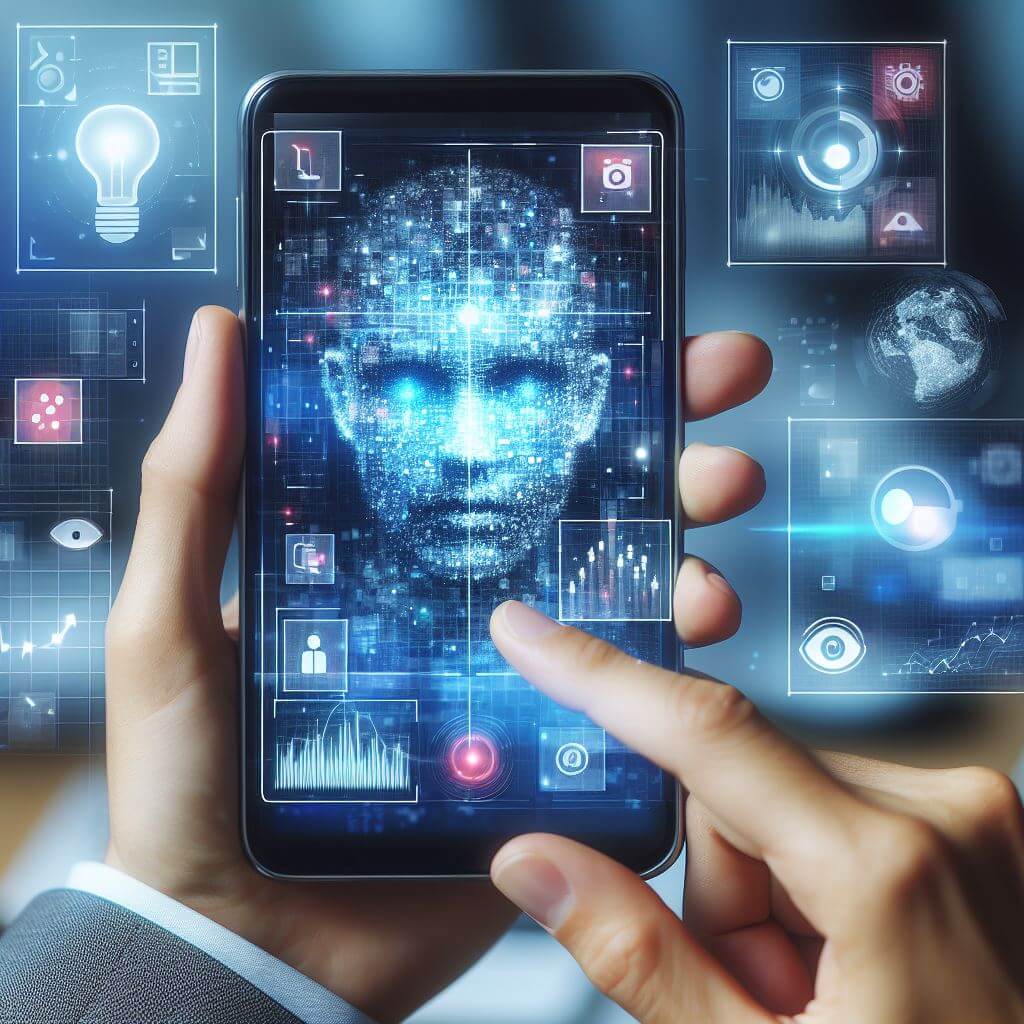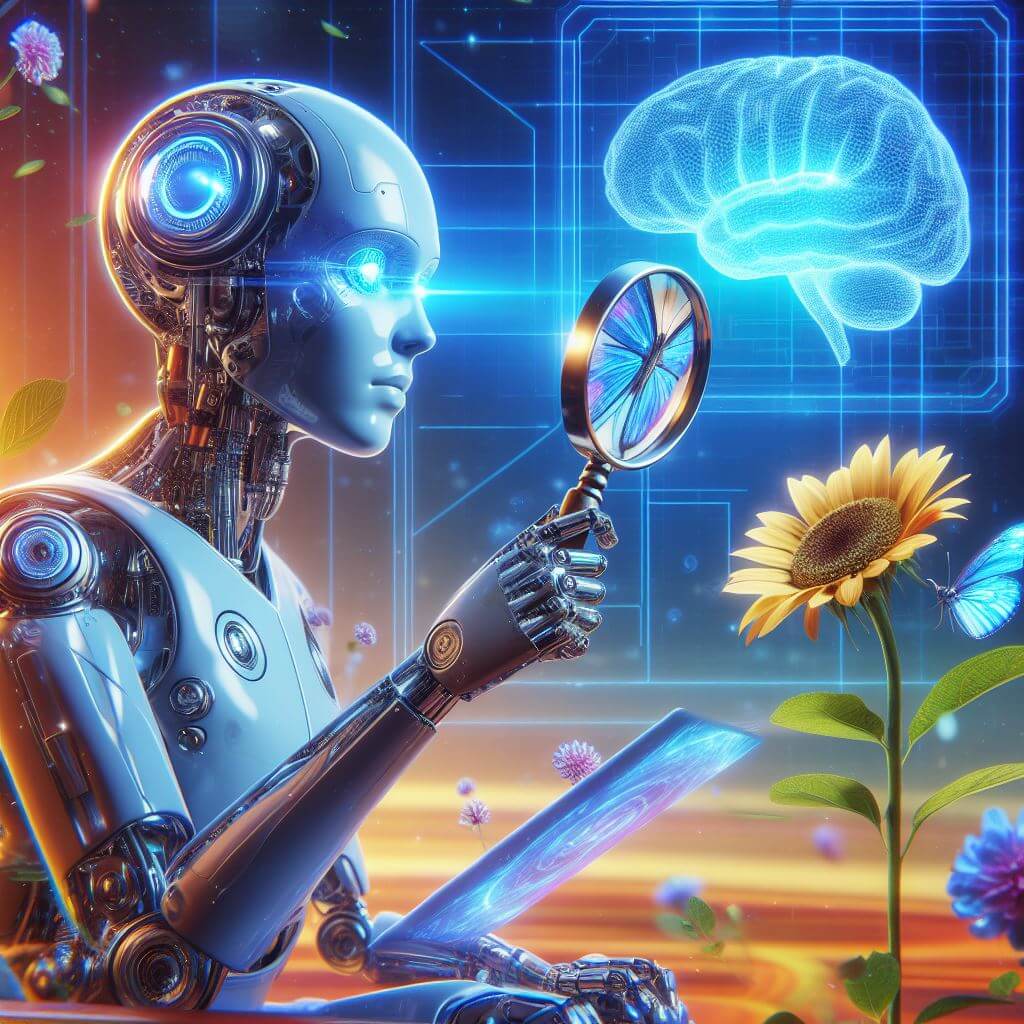Image recognition is a complex, exciting aspect of machine learning that allows computers to interpret and respond to visual information in ways that mimic human vision. At the intersection of artificial intelligence, computer vision, and pattern recognition, it is the basis for many of the technological conveniences and advances we experience today.
To understand the essence of this technology, we must consider the complex techniques involved in teaching a machine to “see”. At the heart of this process is a subset of artificial intelligence known as machine learning, where algorithms learn to recognize patterns and make decisions with minimal human supervision. This training involves feeding the machine a multitude of images, often compiled into a massive database, and tagged with useful descriptors or annotations that facilitate the learning process.
 A convolutional neural network (CNN), a complex architecture modeled after neural connections in the human brain, is central to modern image recognition systems. For example, our brain interprets a set of lines, curves, and colors to recognize a friend’s face in a crowd. Similarly, CNNs apply a similar approach, using layers of artificial neurons to process pixels and form the raw data into an ordered hierarchy of learned features.
A convolutional neural network (CNN), a complex architecture modeled after neural connections in the human brain, is central to modern image recognition systems. For example, our brain interprets a set of lines, curves, and colors to recognize a friend’s face in a crowd. Similarly, CNNs apply a similar approach, using layers of artificial neurons to process pixels and form the raw data into an ordered hierarchy of learned features.
Each of these layers plays an important role: some respond to the presence of edges and simple textures, while others gradually recognize detailed attributes such as object outlines or complex patterns. What makes CNNs extremely powerful is their ability to perform “feature extraction,” a process that requires minimal human intervention to recognize distinctive features in images.
Training is the critical step where the CNN learns by adjusting its internal parameters. This is done by accessing a huge library of known images called the training set. During training, the network repeatedly processes the collection, compares its output with the desired results, and faithfully improves its parameters to reduce the difference, an iterative operation known as “backpropagation”.
Increasing the accuracy of image recognition
The main factor in the effectiveness of image recognition is the problem of accuracy – the ability of a machine to correctly identify features and elements of an image. To ensure a high level of accuracy, machine learning models must be reliably trained using a variety of image sets, each illustrating different scenarios and options that the model may encounter in real-world situations. The wider and more diverse the dataset, the more scenarios the ML model can learn from, increasing its ability to generalize well and adapt to new, unseen images.
Training these models is not without its difficulties. For example, small datasets or datasets with limited variability can lead to a phenomenon known as overfitting, where a machine learning model performs exceptionally well on the training data but fails miserably in practical real-world applications. This is because the model effectively remembers the training images instead of learning to generalize them. To solve this problem, techniques such as data augmentation are often used to artificially expand the data set and simulate the variability observed in the real world. Transformations such as skewing, rotating, or changing lighting on existing images create new training samples from old ones, expanding the exposure of the model and increasing its robustness.
Another important aspect is the design of the training regime, where the discussion of network architecture and training parameters can have significant implications for accuracy. For example, choosing the appropriate layer type, and number of neurons, optimizing algorithms, and setting the learning rate all contribute to model performance. Cross-validation, the process by which a dataset is repeatedly split into training and validation sets in different configurations, also plays a key role. It gives an idea of how the model might perform on independent data, thus allowing fine-tuning before it is deployed in the field.
Detailed and accurate data labeling is an additional cornerstone of model accuracy. Shortcuts used during training are the gold standard that guides the learning process. If these labels are wrong, the model output will also have flaws, making the whole system unreliable. Consequently, considerable effort and often considerable human labor goes into ensuring that the training data is carefully annotated, with each image properly tagged to reflect its content.
The recent trend of combining traditional classification models with deep learning techniques has given rise to hybrid systems with higher accuracy. Such models are capable of covering not only high-level abstractions obtained by deep networks but also nuanced decision-making strategies of classical algorithms.
 There is also a growing emphasis on the explanatory and interpretive capabilities of machine learning models for image recognition. Being able to understand and explain how a model makes inferences can be the key to improving accuracy. By interpreting the model’s behavior, data scientists can fine-tune the training process, remove biases, and ensure that the model relies on the correct image features to make decisions.
There is also a growing emphasis on the explanatory and interpretive capabilities of machine learning models for image recognition. Being able to understand and explain how a model makes inferences can be the key to improving accuracy. By interpreting the model’s behavior, data scientists can fine-tune the training process, remove biases, and ensure that the model relies on the correct image features to make decisions.
Evolutionary advances in hardware capabilities such as GPUs and TPUs have indirectly improved accuracy, as they have enabled the training of increasingly complex models on larger datasets. This hardware acceleration is an advantage for iterative processes, such as neural network training, where small gains in accuracy require repeated computations.
Application and impact
In healthcare, image recognition is a key tool in diagnostic procedures. The technology’s ability to recognize detailed patterns in images such as MRI scans, X-rays, and computer scans helps healthcare providers in the early detection and diagnosis of diseases ranging from fractures to tumors, from chronic diseases to outbreaks of new viruses. The impact of such advances is not only technological; it is profoundly humanitarian, potentially improving patient outcomes through early intervention and individualized treatment plans.
Security and surveillance have been transformed by machine vision in public and private spaces. Image recognition systems are used for real-time monitoring, able to identify unauthorized persons, track movements, or even detect abnormal behavior that can prevent potential threats. The implications extend to national security measures, border control, and crime prevention tactics, but they also raise important privacy and ethical debates that societies must navigate carefully.
Image recognition has been warmly welcomed by retail and marketing. In brick-and-mortar stores, cameras and software analyze customer behavior, providing data on foot traffic and consumer preferences, optimizing store locations, and managing inventory. Meanwhile, in the digital realm, machine learning models are revolutionizing the way customers find products. Businesses are implementing visual search capabilities that allow consumers to upload images and find similar products, seamlessly blending digital inspiration and online shopping—an experience that is rapidly reimagining user engagement and conversion.
Consider the automotive industry, where image recognition is a cornerstone technology for the development of autonomous vehicles. As driverless cars move through the streets, they are constantly capturing and interpreting visual stimuli from the environment. The technology allows these vehicles to identify pedestrians, recognize traffic lights, recognize lane markings, and detect other vehicles, ensuring safety and efficiency. Ripple effects have the potential to change urban development and traffic management, reducing accidents and changing the very foundations of transportation.
In agriculture, image recognition helps manage crops and livestock more efficiently. Drones and satellites equipped with cameras survey fields, capturing images that algorithms analyze to assess plant health, estimate yields, or detect pests and diseases. This knowledge enables farmers to make informed decisions, practice precision agriculture, and optimize the use of resources, leading to sustainable land management.
Among the less obvious, but no less significant impacts is the area of environmental protection. Image recognition helps researchers monitor wildlife populations, analyze habitat changes, and assess ecosystem health. These tools give conservationists a powerful opportunity to monitor the planet’s biodiversity, facilitating proactive strategies to conserve and protect vulnerable species and landscapes.
